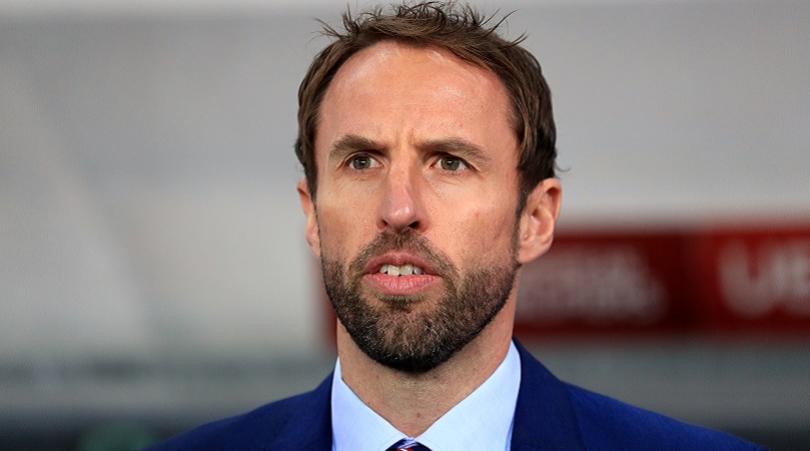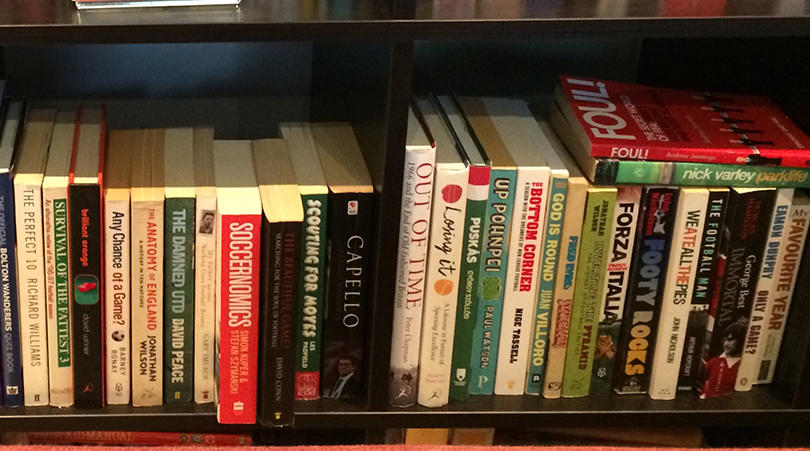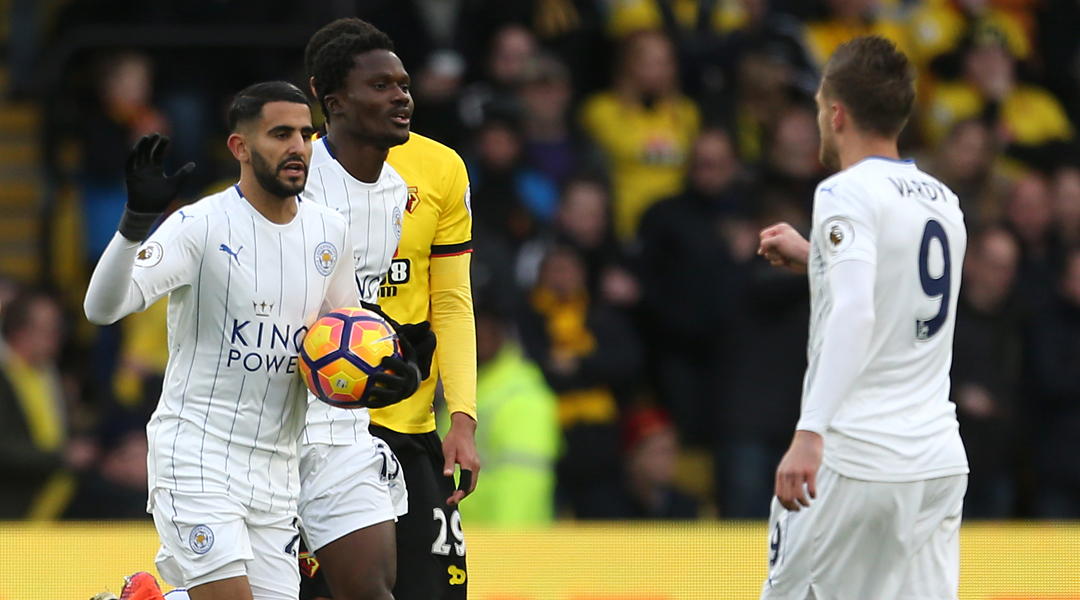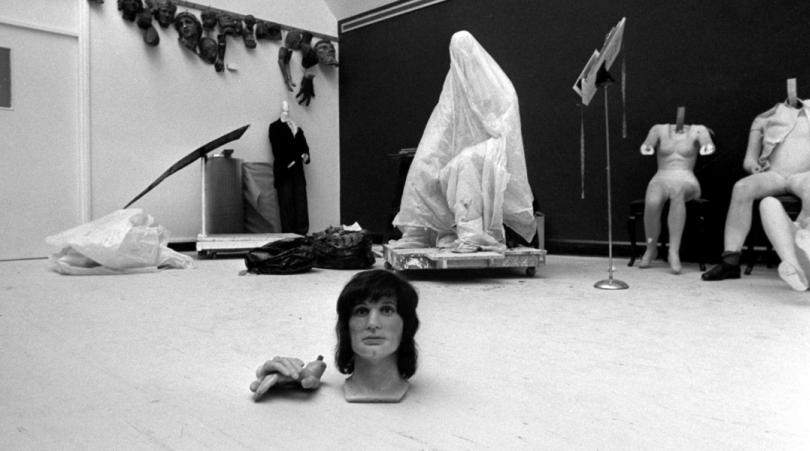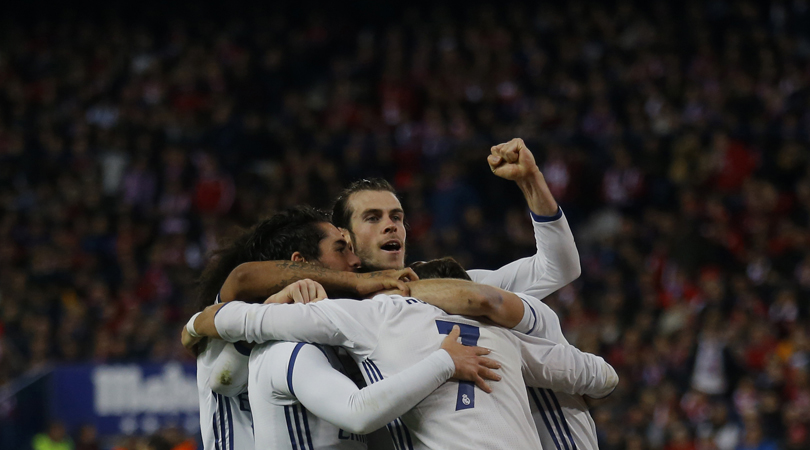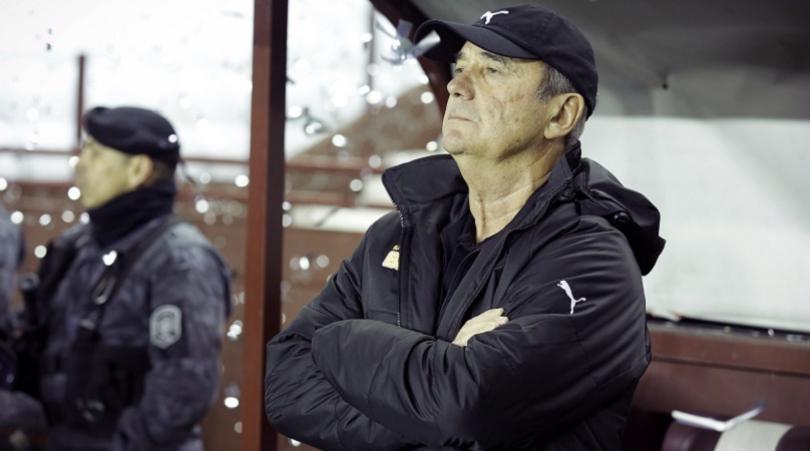Not for England: Jurgen Klinsmann's 10 worst USMNT moments
The U.S.' rollercoaster under Jurgen Klinsmann has produced a dramatic set of lows. FourFourTwo USA's Richard Farley remembers 10 that stood out from the former Spurs striker's reign
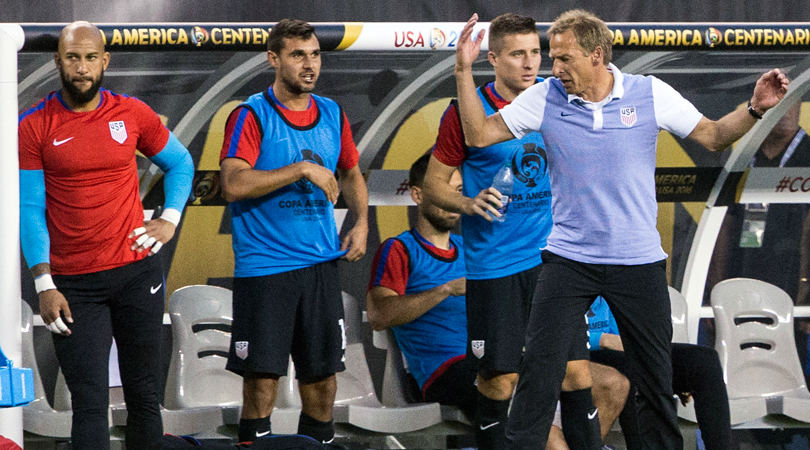
Please note: This feature was originally published on FourFourTwo USA
Where does the United States men’s national team’s debacle in Costa Rica on Tuesday rank among Jurgen Klinsmann’s woes? At the top, obviously, but just as the entire Klinsmann tenure has been a slow burn, so has the accumulation of his worst moments as U.S. coach and technical director. Toward the front end of his time in charge? Not so bad. Now, in the middle of cycle No. 2? The horror moments are piling up.
We’ll get to the Costa Rican capitulation in a moment. Before that, though, let’s walk through a greatest hits, of sorts, that make the 4-0 loss in San Jose a potential last straw.
10. Olympic/Confederations Cup promises
This isn’t a singular moment; rather, it’s three: The two times the U.S. failed to qualify for the Olympics, and the inability to qualify for the last Confederations Cup.
In the big picture, these things shouldn’t matter that much. As Germany showed for years before its run to this summer’s Olympic final, you don’t need the Olympics to develop talent. And the Confederations Cup? It’s an honor; it’s fun, but you’re not going to find a compelling correlation between Confederations Cup success and results at other tournaments.
What really stands out about ...
Get FourFourTwo Newsletter
The best features, fun and footballing quizzes, straight to your inbox every week.
- the U.S. U-23s failing to make it out of their Olympic qualifying group in 2012;
- the U.S. U-23s again failing to qualify for the Olympics before 2016; and,
- the senior team missing out on the 2017 Confederations Cup by losing a one-off to Mexico …
… is the inability to accomplish achievable goals. Should the Olympics or the Confederations Cup be a big deal for any program? Absolutely not, but Klinsmann made them priorities. They were goals, and Klinsmann, even if he wasn’t on the sidelines for the U-23s, failed to meet those goals.
9. Losing at Guatemala
It’s a bit dismissive of Guatemala, a team that’s improving, to characterize the U.S.’s early-2016 qualifying loss in Guatemala City as a huge failure. In the context of the U.S.’ history, though -- as well as in the way the game actually unfolded -- the 2-0 defeat as a massive disappointment.
What was expected to be a tough but winnable game turned early when Rafael Morales gave the home team a lead in the seventh minute. Eight minutes later, Guatemala doubled its edge through its creaking 36-year-old sniper, Carlos Ruiz. A meek push toward narrowing the margin fell well short, and the U.S. lost to Guatemala for the first time since 1983.
Next page: Angst before the Snow Clasico
8. Pre-Snow Clasico low
Prior to the U.S.’ legendary win last cycle over Costa Rica in the snow, the malaise around the national team, ironically, had reached a “boiling point,” with a little help from Brian Straus, then with The Sporting News. Concluding a broad examination of those in and around the national team, Straus depicted a player pool that had lost faith in their manager, with one source describing the upcoming qualifier against the Ticos as a “last chance.”
Klinsmann, of course, made the most of that chance, winning the match and going on to win the U.S.’ World Cup qualifying group. Before that surge, though, the atmosphere had reached a nadir. The players eventually rallied and adopted an us-against-them approach that would serve it well three years later at the Copa America Centenario, but the resurgence would ultimately overshadow what was a dark time around the men’s national team.
7. Stalled start at Copa
It was no surprise to see Colombia, the favorite in Copa America Centenario’s Group A and one of the top-ranked teams in the world, beat the United States. The surprise was in the gap between the teams, one that went well beyond the game’s 2-0 margin. The performance sparked a change in formation which, ultimately, helped the team to the semifinals. Before that, though, the result was enough to make U.S. Soccer president Sunil Gulati send a warning shot across Klinsmann’s bow.
“There are areas where I would have hoped for more progress and other areas where we’ve done well ...,” Gulati said after the Colombia loss. “Results over the last 18 months overall haven’t been what we would have hoped for.
“We’ll look at everything after the end of this competition … We’ll wait and see how the next two games go and hopefully some additional games after that before we assess where things are again.”
At the time, if felt like a ball was set in motion: That somebody rolled a pebble to the edge of a slope, pushed it, and left us waiting for the inevitable snowball. Amid that doom, though, Klinsmann helped produce three straight wins, guiding his team into Copa’s semifinals. So much for the gloom.
Next: Why oh why pick a 3-5-2?
6. Mexico and the 3-5-2
Paul Tenorio covered this in-depth in the wake of Columbus, so there’s no need to rehash why starting a new formation that players rarely play at their clubs in the most important home game of the cycle is a bad, bad idea. It’s such a bad idea that you wonder what the process was behind it. Is it just a matter of trying to, fit be damned, get the players you like most on the field? That doesn’t feel right, but we really don’t have any good explanations. Why did he start a 3-5-2?
If he had done that at Costa Rica, in Mexico City, or really in any other game, it would have gone over better. But this was the first game of the Hex, against an arch-rival, in a match that had significant emotional value. What mindset leads a leader to say “this is when we should try something new”?
5. Jozy goes down at the World Cup
Within minutes of the U.S.’ kickoff at Brazil 2014, a major blunder in Klinsmann’s roster construction was exposed. Jozy Altidore, the one striker Klinsmann was willing to use on his roster, went down with a pulled hamstring in the U.S.’ first game against Portugal. Instead of starting Aron Johannsson or Chris Wondolowski, though, the U.S. boss elected to move Clint Dempsey from a supporting striker to target man, Michael Bradley from a his box-to-box role to a number 10, and play both players out of position for the rest of the tournament.
Fun ensued. The U.S. would go 0-2-1 over the next three games, being out-possessed and out-shot badly over that span. True, the team did make it’s way out of a deep group, one that included Portugal, Ghana and Germany, but the way it advanced amounted to “sit and pray” approach. Was that the Klinsmann that Gulati broke the bank to bring in? It didn’t feel like it after Belgium sent the U.S. home.
Next: Discarding Landon
4. Flaming out at 2015 Gold Cup
How seriously was Klinsmann taking this tournament? The squad was generally a strong one, but particularly in defense, there was a lot of experimenting. Ventura Alvarado saw significant time, Greg Garza was back in the team, and even in midfield, Alfredo Morales got a start. Those are quality players, but it’s telling that none of them have won enduring places in the U.S. squad.
Contrast that with one of Klinsmann’s expressed day one goals: Confederations Cup. Winning this Gold Cup, on the back of a CONCACAF title in 2013, would have qualified the U.S. for the tournament. Instead, the U.S was drawn by Panama in group stage, lost in the semifinals to Jamaica, and fell to Panama via shootout in the third-place game. It was the U.S.’ worst finish in 15 years and the first time since 2003 the team failed to make the final.
3. Cutting Landon Donovan
For fans who came into their soccer maturity beside the U.S. icon, excluding him from the 2014 World Cup squad was an unforgivable sin. Out of shape? Having spent much of the MLS offseason travelling the world? Didn’t matter. Landon Freakin’ Donovan is Landon Freakin’ Donovan for a reason, and that’s something you don’t ignore.
When the U.S.’ attack looked handcuffed in Brazil, Klinsmann’s decision looked even worse, but ultimately, his team got as far as anybody could have reasonably expected. Still, as Donovan posted a 10-goal, 19-assist season in MLS, detractors had all the ammunition they needed. You cut him saying he wasn’t good, they said to Klinsmann. Clearly, Donovan was still good.
Next: Collapse in Costa Rica
2. Any and every press conference
I’ve never had a problem with the way Klinsmann interacts with the media. His answers are thin, self-serving, elusive and, sometimes dismissive. The only difference between his approach and most of his peers’ is his tone and demeanor. What to some seems positive and engaging sometimes rubs others as aloof, especially when questions ask for more self-reflection than he’s willing to offer.
The worst example is how Klinsmann accepts responsibility. In many fans’ eyes, he doesn’t, instead electing to do things like blame his midfielders for not winning one-on-one battles, as he did on Friday. He rarely acknowledges his setup was flawed. Question why Timothy Chandler or Ventura Alvarado was playing? Sorry, that player was actually an excellent, excellent option. Think the team isn’t being aggressive enough going forward? Well, here’s a lesson on how people think about football around the world.
It’s not everybody’s favorite approach, but it’s one that seems a lot better when promises are kept and results are convincing. Klinsmann’s rarely had both in his favor.
1. Collapse in Costa Rica
The U.S.’ 4-2 loss to Mexico in the 2011 Gold Cup final? That got Bob Bradley fired. Losing two games in the 2014 Algarve Cup? Tom Sermanni, fired on the U.S. women’s side. Both of those events cost senior national team coaches their jobs, and neither were as embarrassing as Tuesday’s 4-0 loss in Costa Rica.
For the first time in some of our lifetimes, we saw a senior team hit a wall. Call it quitting, if you want. Maybe everybody was just over it. Regardless, the current situation around the national team is untenable. Not since Steve Sampson saw the U.S. out of the 1998 World Cup has the attitude around the program been this dour.
Richard Farley is the West Coast Editor of FourFourTwo USA. Follow him on Twitter @richardfarley.
